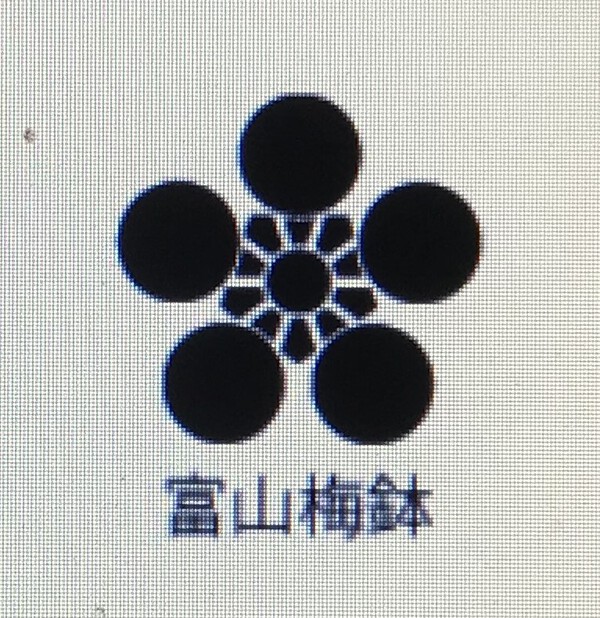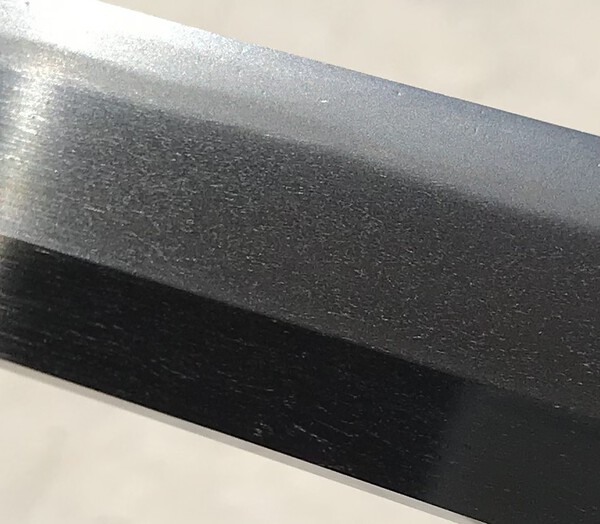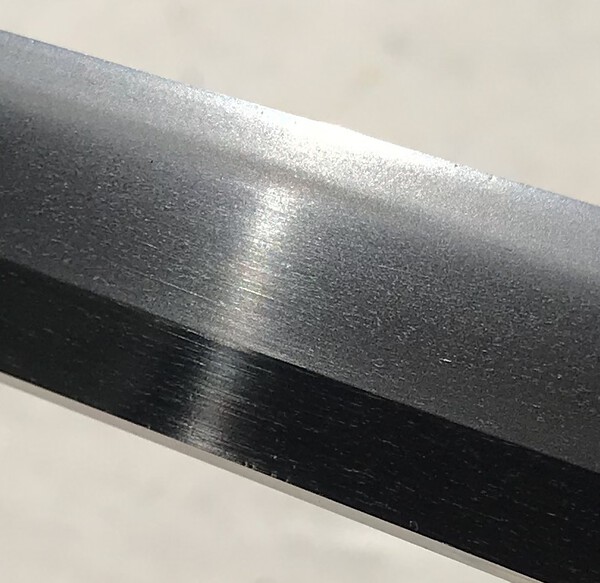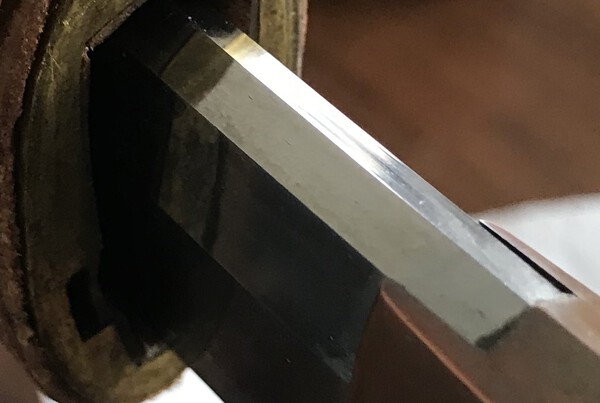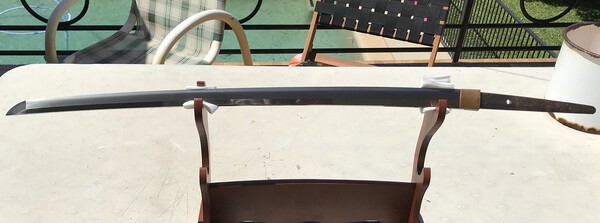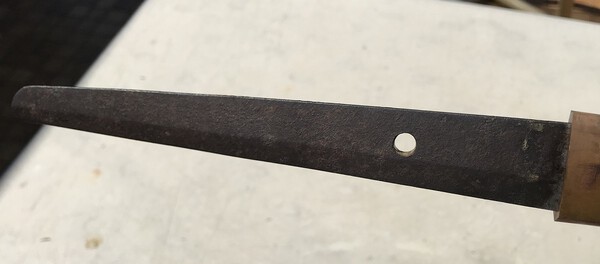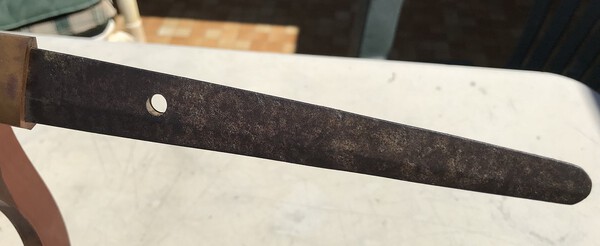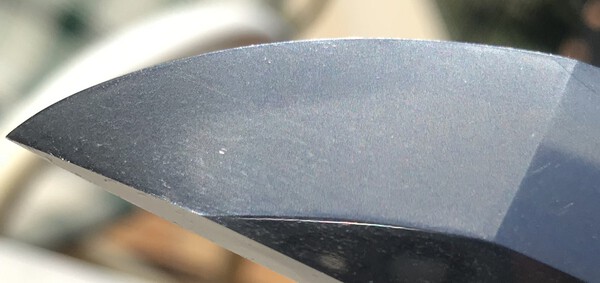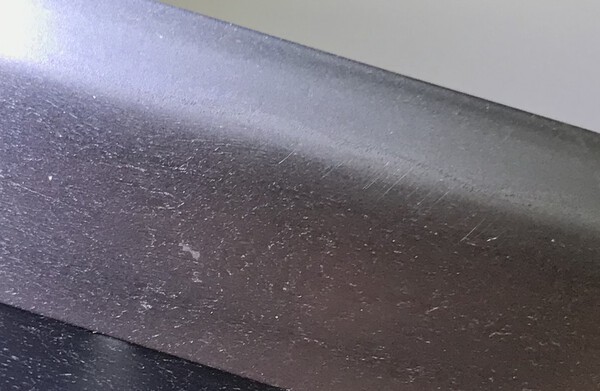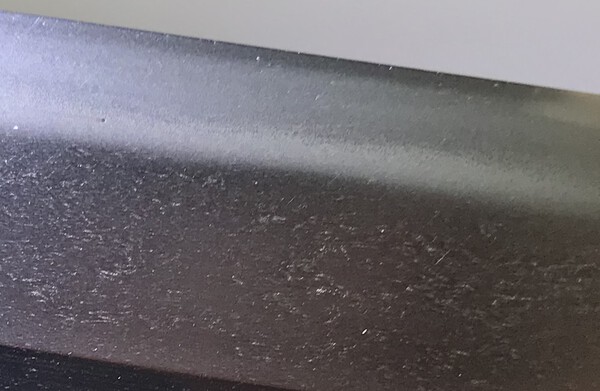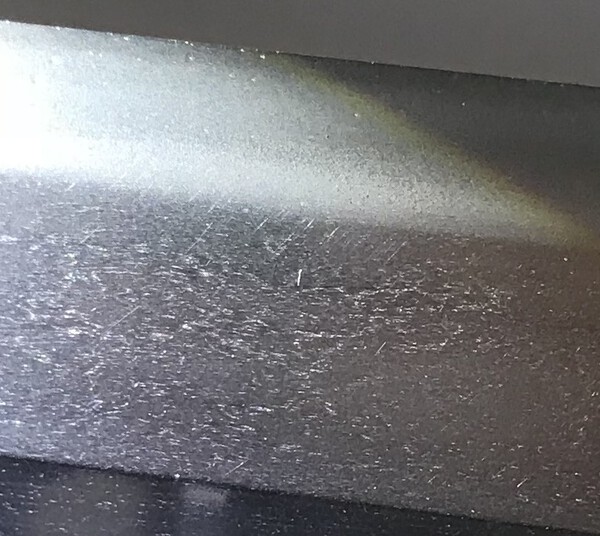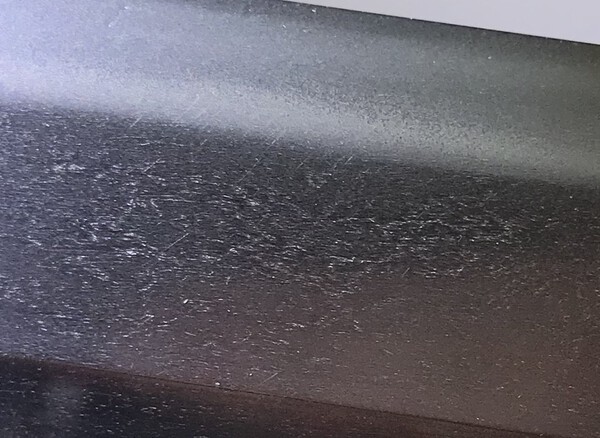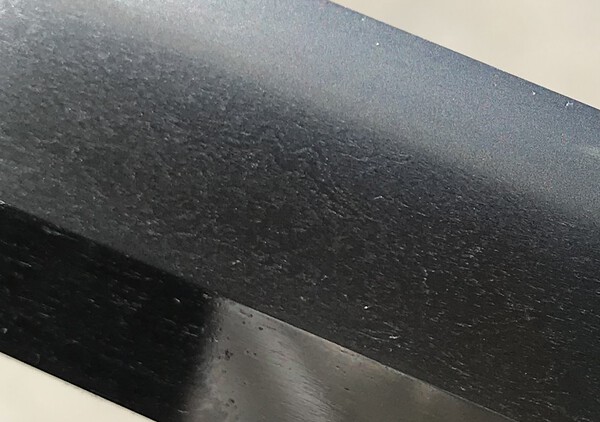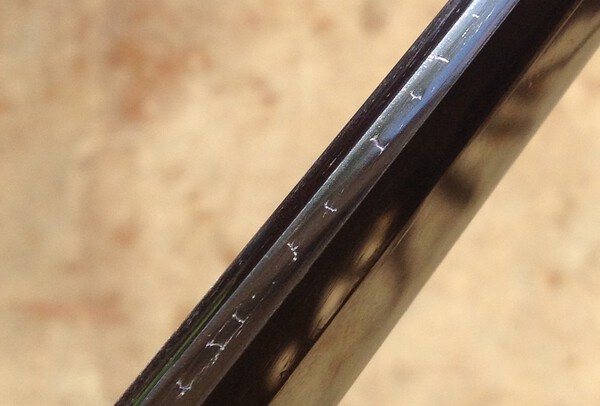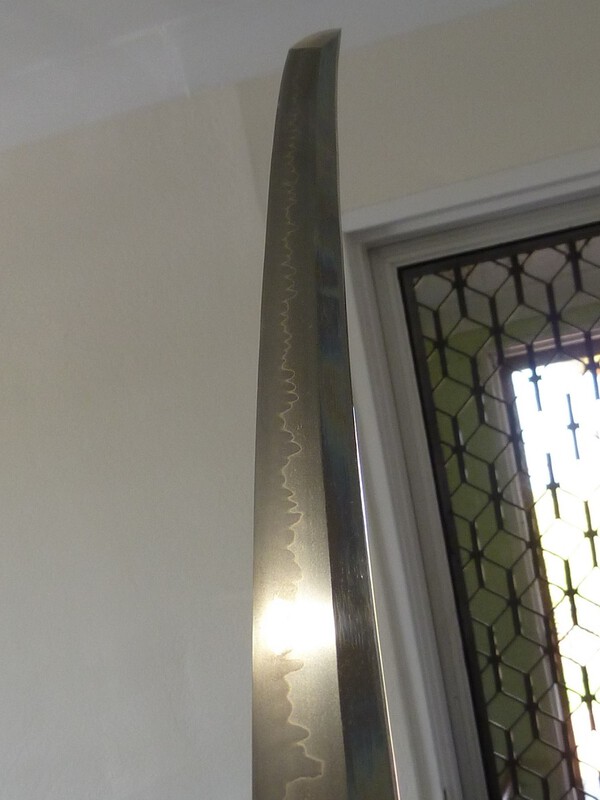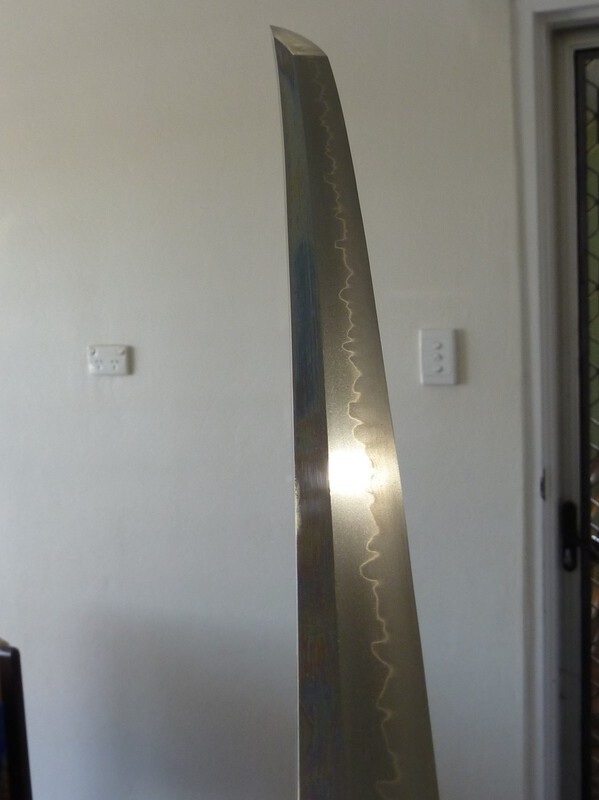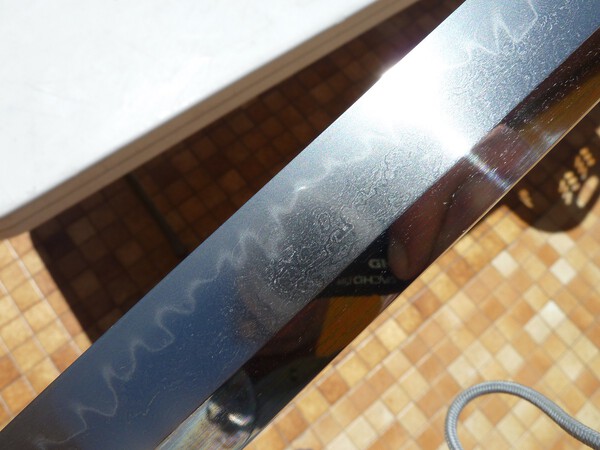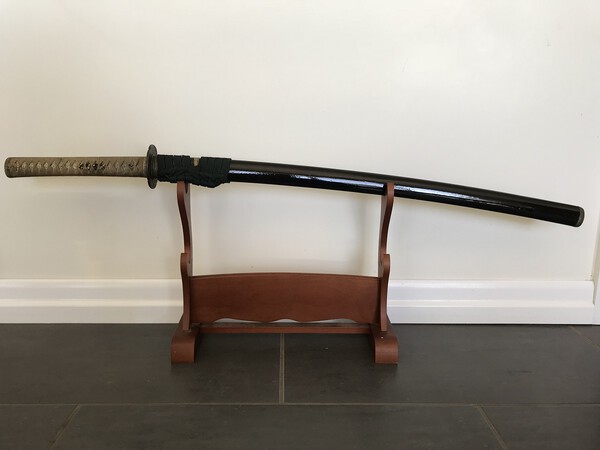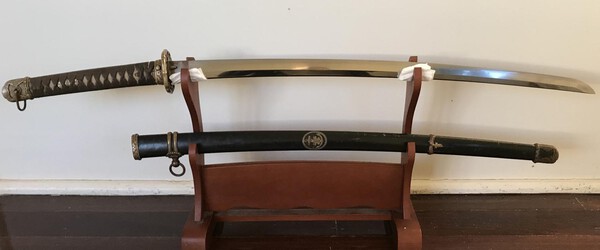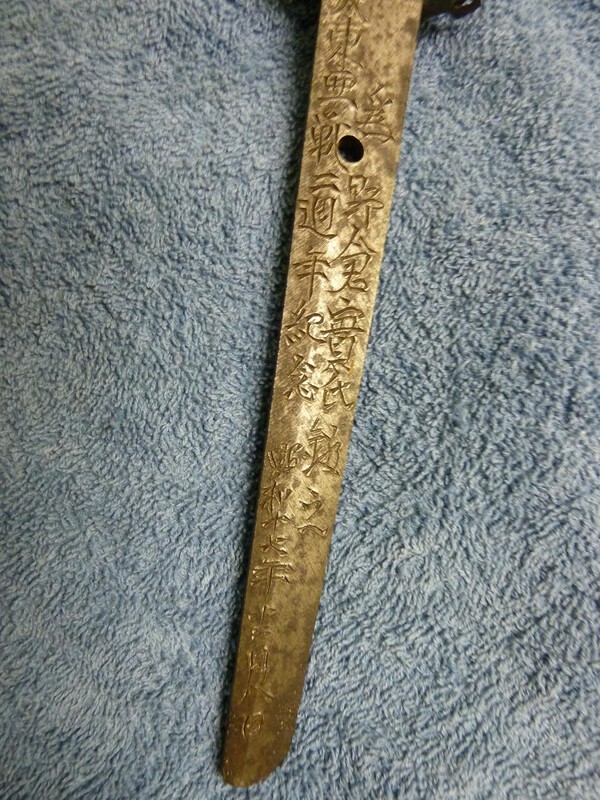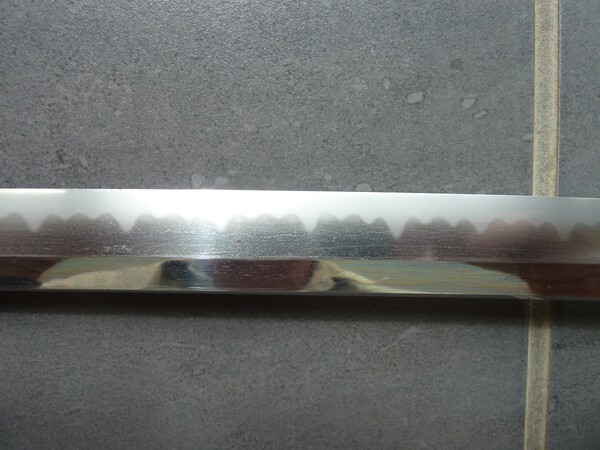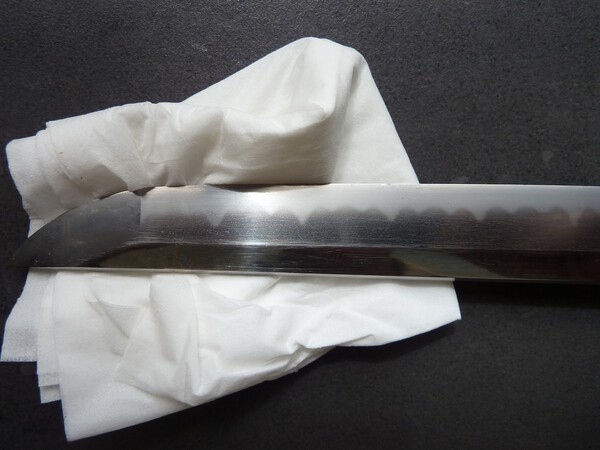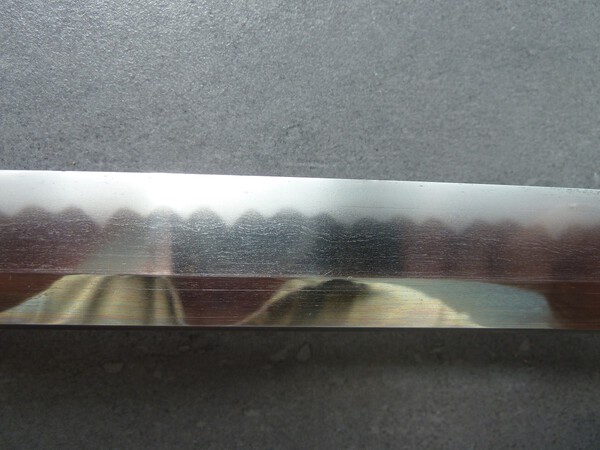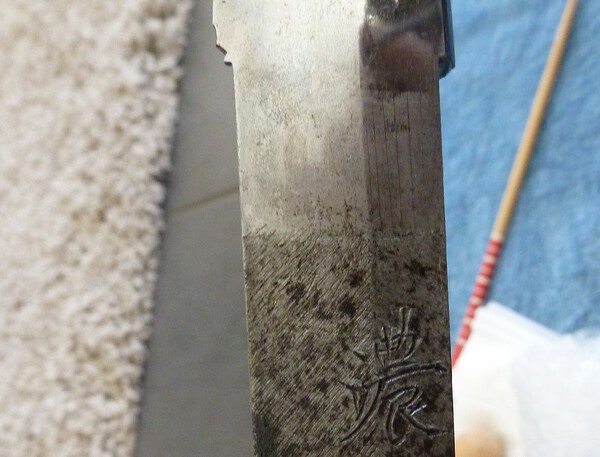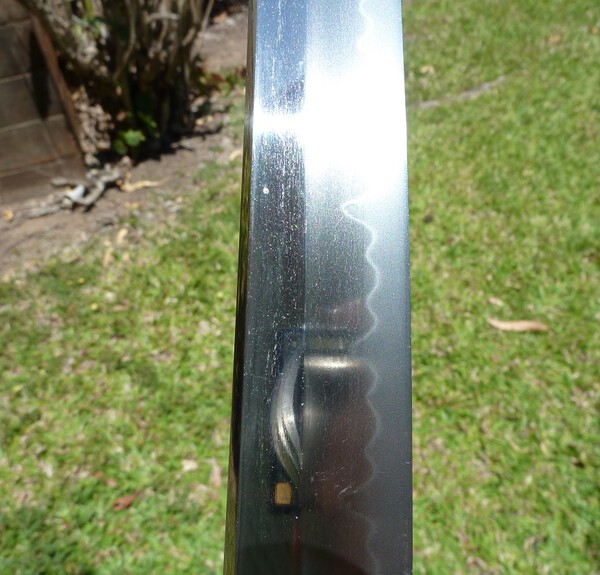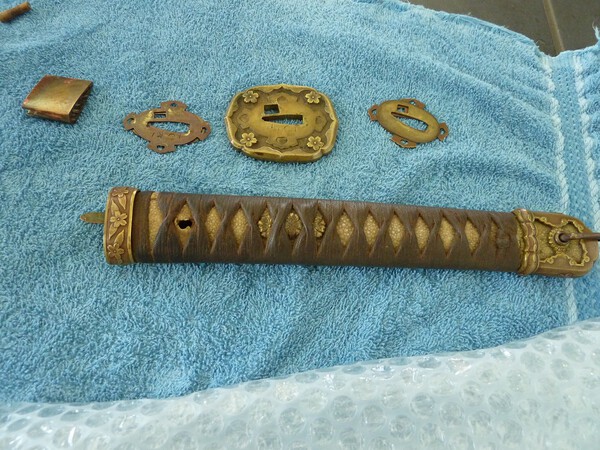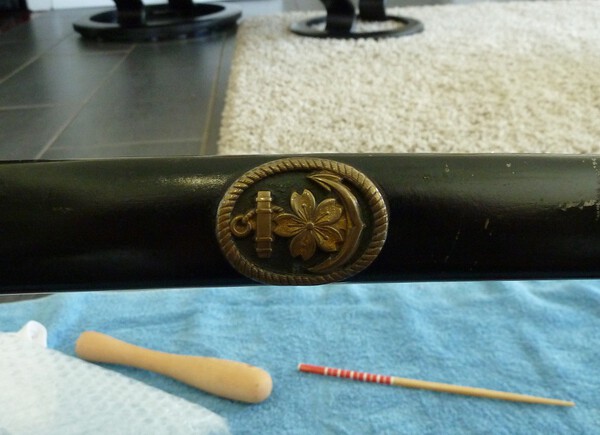-
Posts
687 -
Joined
-
Last visited
-
Days Won
12
Everything posted by Bryce
-
G'day Guys, I am trying to identify this mon on a shin gunto. Found this diagram of the same mon online. Can someone please translate this for me? Cheers, Bryce
-
-
G'day Guys, Thanks for your replies. I can't post any photos under the habaki, because I haven't been able to get it off yet! I have tried tapping it with wooden tools and holding it and banging the nakago jiri down on to some wood, but so far it hasn't budged. Haven't tried hot water yet. When I have some time I will give it another go. Cheers, Bryce
-
G'day Guys, I have been using my newly acquired and very limited kantei skills to identify an ubu, mumei blade I own. I am thinking it is probably Kanbun Shinto following the Yamashiro tradition. The blade came to me mounted in shin gunto koshirae. Dimensions: Nagasa 69.5cm Sori 1.2cm Motohaba 3.2cm Sakihaba 2.2cm Kasane 0.7cm Kissaki 3.0cm The boshi looks Ko-maru, thin suguha hamon with ko-nie and dense itame/mokume hada tending to masame in the ha (I think). There is abundant ji nie and chikei. I get glimpses of activity in the hamon, but because it is very fine, I can't really see it with the naked eye and it only becomes obvious when I zoom in on photos. I would appreciate any help you guys can give me. Cheers, Bryce
-
G'day Guys, This is my first ever kantei, so feel free to laugh yourselves silly. Kantei 1. Bizen Yokoyama sukenage, shinshinto about 1840. Hada looks to be very tight itame, very long sword, but doesn't look that old. Choji midare hamon. Kantei 2. Yamato shizu, Kamakura about 1340. Itame hada going to masame in the ha. Kantei 3. Yamato tegai Kanenaga, Kamakura about 1300. Itame hada going to masame in the ha. Cheers, Bryce
-
G'day Guys, Thanks for your replies. It seems strange to me that the Japanese army would leave something like saya colour up to the individual. Were most gunto sayas the standard green or brown colour and it was only the special order guntos of high ranking officers or the rich and powerful which were a different colour? Cheers, Bryce
-
G'day Guys, I have noticed that shin gunto scabbards come in a variety of colours. Did different parts of the Japanese military specify different colours, or was it just down to the owner's personal preference? Cheers, Bryce
-
Thanks Bob, I have owned this sword for several years now, but have always felt uncomfortable about these cracks. The rest of the blade is flawless. Cheers, Bryce
-
G'day Guys, With the benefit of having the sword in hand, I would say they are definitely cracks, rather than some sort of damage. They are very small and can't be detected by running a cotton bud over them. I haven't tried. but I would think your fingernail may slightly catch in them. Rayhan, it may be a trick of the light as there is no sign of red rust. Cheers, Bryce
-
G'day Guys, I have a mumei shinshinto katana that has a series of transverse cracks running across the mune. The cracks are very short and confined to only one side of the mune. Are these cracks called mune shinae and are they are a serious flaw? I am familiar with shinae caused by bending, but these are cracks rather than wrinkles. I was assured by the seller that because they don't run right across the mune, they aren't a serious issue, but I am sure they can't be a good thing? It is a shame because (to my novice eyes) the blade is very beautiful with a very bright hamon and prominent jihada. The blade has old NBTHK papers from the 70's attributing it to Kanenaga. Cheers, Bryce
-
Great! Thanks Guido. Cheers, Bryce
-
-
G'day Guys, Can someone please tell me what this green paper says about this Koshirae? None of the fittings are signed are far as I can tell. Cheers, Bryce
-
G'day Guys, Does anyone have any ideas about how I can find out more information about Mr Nokura? Google hasn't been any help so far. Cheers, Bryce
-
G'day Guys, Thank you for your replies. Bruce, unfortunately I don't know any more about the sword or how it came to be in Australia. SteveM thank you for that Translation. I was always a little stumped by what the "2nd" represented, given the date on the sword was 8th December 1942, one year after the start of the war. Vajo, the reason I bought this sword was I thought there was a chance it was actually made for Kichisaburo Nomura, a retired admiral who was the Japanese ambassador to the USA at the time of the attack. He returned to Japan in August 1942, so the timing and the naval connection all fitted. Unfortunately this doesn't seem to be the case. From what I understand Nokura is a very rare family name in Japan? Malcolm, they could be IJN cap badges that have been attached to the saya. It seems well done and not something added afterwards, but who knows? Can anyone think of a reason Mr Nokura may have wanted an army sword with a "nod" to the navy? Here is a photo of the whole sword and the missing piece of the date. Cheers, Bryce
-
G'day Guys, My main interest is in British swords of the Napoleonic period, but over the years I have also acquired several Japanese swords. I was wondering if you might be able to tell me a bit more about this shin gunto that I own. I believe it to be a special order gendaito made by Kanemichi for Mr Minoru Nokura to commemorate the anniversary of the bombing of Pearl Harbour. The blade doesn't appear to have any stamps. The kanji used for "michi" in the mei is very abbreviated and I think it could easily be something other than "michi". What are your thoughts? I think the hada is mostly running masame with some small areas of itame. Because the blade is in old polish it is very difficult to photograph the detail. The black metal saya also has the symbol for the Imperial Japanese Navy on each side. I haven't been able to find out any information on who Mr Nokura was. Also the Hamachi is chipped, which makes the fittings a little loose on the blade. Is this much of an issue? Also, how can you tell the difference between an oil tempered and a traditional water tempered blade? The hamon on this sword is noi based and I can't really see any obvious nei. Cheers, Bryce




